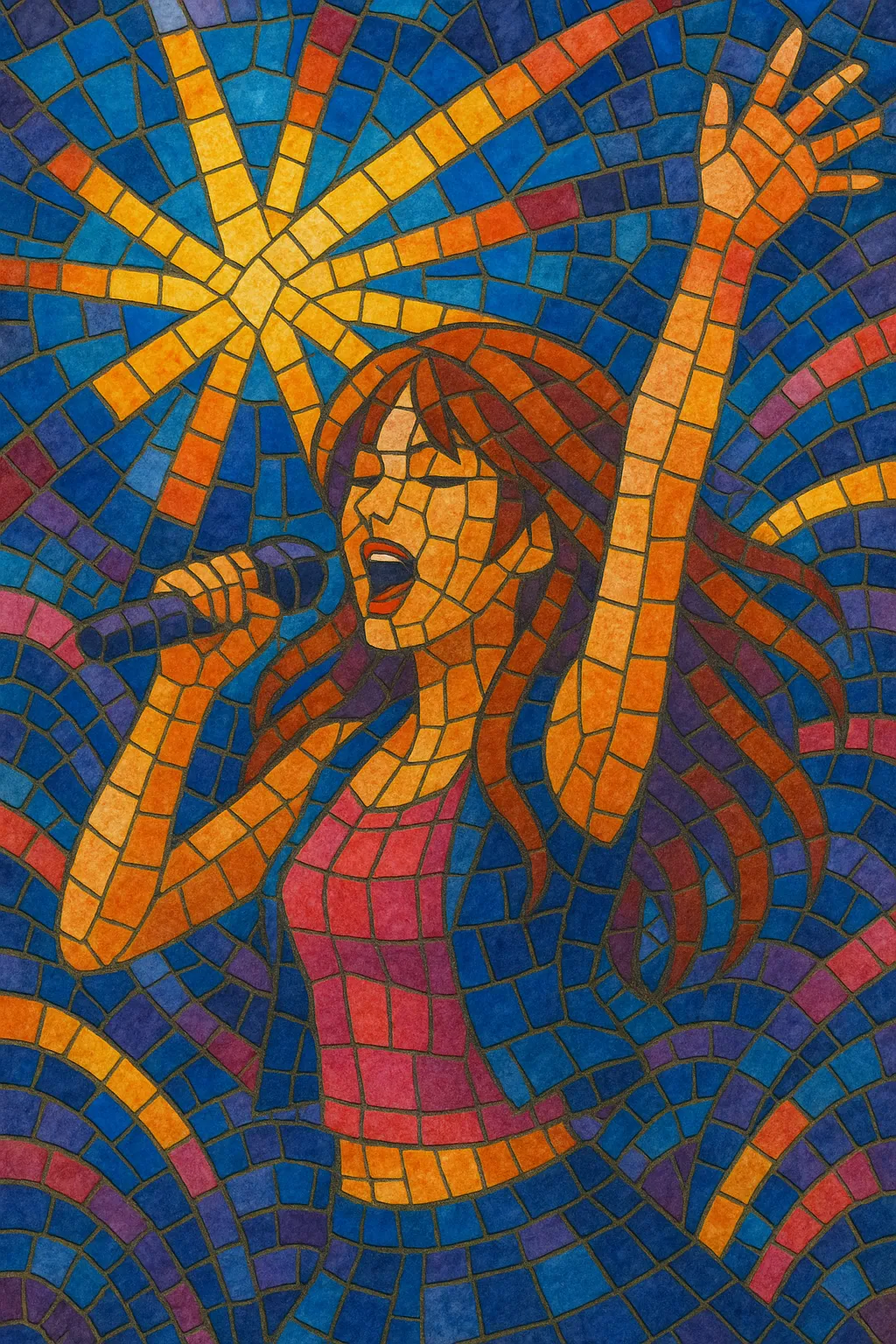J-Euro (often stylized as J-EURO) is a Japanese hybrid of J-pop vocals and Eurobeat production.
It pairs high-BPM, four-on-the-floor beats, octave-running synth bass, bright supersaw/brass leads, and big, modulatory choruses with catchy Japanese pop songwriting.
Closely tied to the late‑1990s/early‑2000s Para Para dance boom and Avex Trax’s Super Eurobeat brand, J-Euro typically took hit J-pop songs and reimagined them in Eurobeat form via Italian production houses.
The result is relentlessly energetic, hook-forward dance music designed for choreographed routines and packed with call‑and‑response hooks, English catchphrases, and climactic key changes.
Japan’s enthusiasm for imported Eurobeat (largely produced in Italy) grew throughout the 1990s via the Super Eurobeat compilation series. Avex Trax began commissioning Eurobeat remixes of Japanese pop hits, effectively birthing “J-Euro” as a branded concept: J-pop vocals carried by newly built Eurobeat instrumentals. Italian labels/teams like A-Beat C, Time, and Delta tailored arrangements for the Japanese market.
The style exploded between 1998 and the early 2000s with high-profile releases such as Super Eurobeat Presents: Ayu-ro Mix (Ayumi Hamasaki), globe Eurobeat mixes, and series centered on Every Little Thing, MAX, and Dream. J-Euro was inseparable from the Para Para scene, whose choreographed routines amplified the music’s popularity in clubs and on televised/retail media. The era cemented J-Euro’s signature: 150–160 BPM drive, octave bass runs, saw‑lead fanfares, handclap/snare stacks, and show-stopping late key changes.
As mainstream Japanese dance tastes shifted toward trance and later EDM, the J-Euro wave cooled. However, the Super Eurobeat brand continued, and nostalgia for the late‑90s sound persisted through club events, reissues, and Initial D–related Eurobeat fandom (even if most Initial D tracks were by Italian artists rather than J-Euro remixes).
J-Euro’s DNA lives on in otaku and online scenes. Vocaloid producers and Touhou circles created new Eurobeat/J-Euro‑styled tracks, while Para Para culture found renewed life on video platforms. The style’s maximalist arrangement, theatrical modulations, and chantable hooks continue to inform anime song remixes, fan-dance compilations, and niche club nights.


